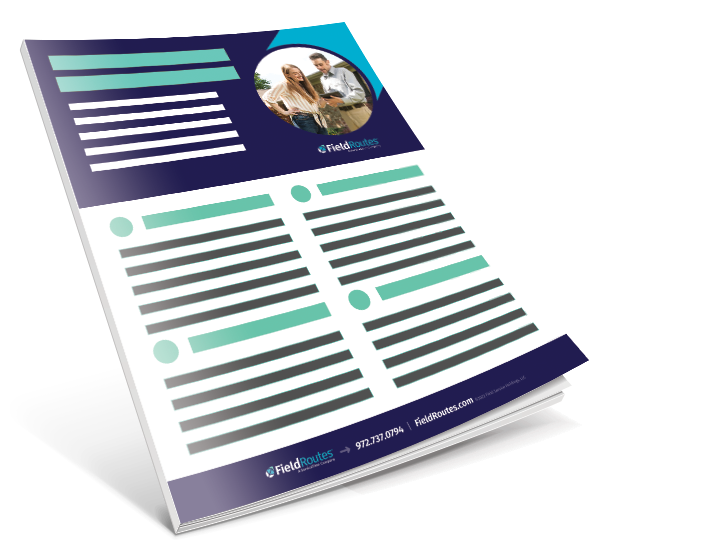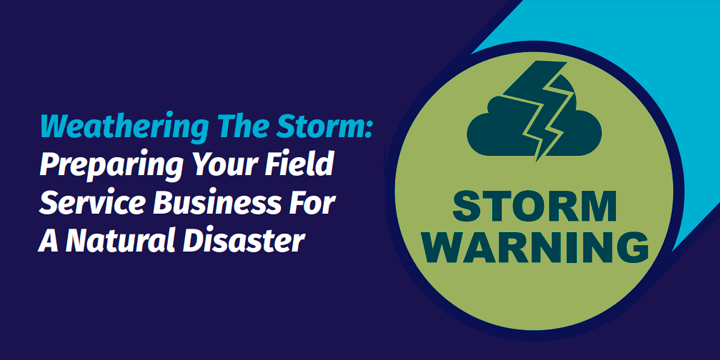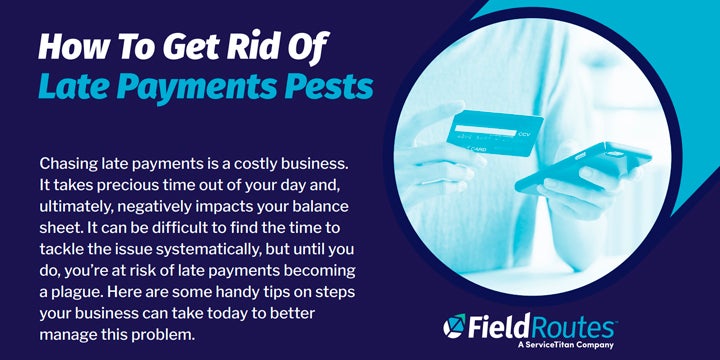Make Psychological Pricing Work For You

First, what is psychological pricing all about? The idea of psychological pricing is based on pricing your services as less than a whole number to push your customers to spend. For example, let’s say you’re selling pest or lawn services and priced them with a “.99” or “.95” at the end. In that case, you’re using psychological pricing to make your services appear more cost-effective and attractive to customers. Psychological pricing is nothing new—smart businesses have been using it for decades. Although a few cents of your regular pest or lawn service may not seem like a big deal, it has tremendous power. Take a look at these five strategies and see how you can make them work for you.
Charm Pricing
Charm pricing is the idea that a service will be priced with “nines” on the end. Nine-ending prices are proven to increase customer demand because they give the illusion of a bargain. Your field service business may choose to offer your lawn chemical treatments or pest control services by turning all your prices into ones ending with a nine. While prices ending in a nine give the impression of a bargain, prices ending in a whole number, or a zero, give the impression of a prestige price. If you’re marketing your services to a high-income area, you may decide to opt for whole numbers to send the message that you are a field service business that goes above and beyond your competitors.
Artificial Constraints
Everyone loves to feel like they’re getting a bargain, right? Another psychological pricing strategy involves adding artificial time constraints to a price. For example, you may choose to offer your lawn care services for $299.99, down from your usual $350.00. This is both a deal and an example of psychological pricing. Consider running a social media campaign with a limited sale of your services to encourage prospects to give your business a try. This is also a good way to pull customers away from your competitors. Offering occasional psychological pricing combined with a limited-time deal creates a buzz in the ultra-competitive landscape of pest control and lawn care. Be careful about decreasing the value of your services too much, though. Cutting too deep could inadvertently create the impression that you are not a high-quality business.
Innumeracy
So, what’s innumeracy? Basically, it’s the concept of mathematical illiteracy. According to the Economist, the average customer doesn’t understand the mathematics of a discount. For example, if someone is promoting a “Buy One Get One Free” offer and another is offering a promotion that lets you buy two items for 50% off, which is better? They’re the same offer, but often people can’t tell the difference. Percentage pumping, coupon design, and other techniques take advantage of innumeracy. How can you apply this to your field service business? Try offering a promotion where you bundle several services together. You could opt for a “Buy One Get One Free” approach on some of your services or the classic, “If you order our landscaping services, we’ll include seasonal leaf blowing for free.” Make sure you avoid sneaky terms and conditions. Innumeracy can be used temporarily, but you should be wary about slashing your prices too much. Focus instead on the quality of service and the way you treat customers.
Price Appearance
How do your prices look on your website? What do people see when they’re browsing your services? Think about how you’ve designed your prices. Price appearance is a big part of psychology. It’s known that the longer the price, the more expensive customers perceive it. For example, if you offer a service for $99.99, consider reducing the “.99” in size to make it smaller. This simple change makes the price look more affordable. A price with more syllables is also viewed as more expensive. This is because when your customers look up your prices, they’re reciting them inside their heads. The longer it takes to recite the price, the more expensive they believe it is. An easy tactic you can implement on your website is to omit the dollar signs and any redundant numbers, such as “.00”. If you’re using charm pricing alongside your main price, make the “.99” extremely small compared to the rest of the number.
Value-Based Pricing
Value-based pricing is an excellent strategy for brand positioning and ensuring it hits the correct demographic. However, it helps if you understand the local community and the competition. For example, if you live in a town that’s full of cut-price lawn services, does it make sense to try to compete with those companies? Of course not. Instead, you may see an opportunity for a “luxury” lawn care service. You wouldn’t decrease your prices but increase them above the competition while branding yourself in a way that shows you offer five-star services. Value-based pricing depends on what other companies providing the same services charge in the neighborhoods you serve. It might be a complicated strategy to get right, but when you do, you’ll be the best choice for your target audience.
In the end, using psychological pricing gives you more tools in your pocket to market your business. FieldRoutes can help too. Reach out to us today and learn how our fully-integrated FieldRoutesTM Operations and Marketing Suites can help you streamline your operations and expand your business.
Contact the experts at FieldRoutes™ to schedule your demo.





